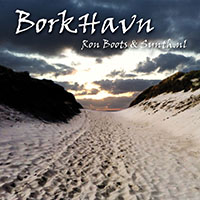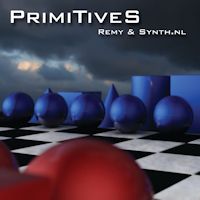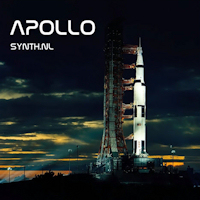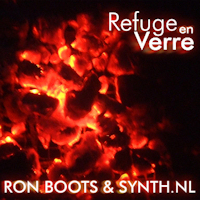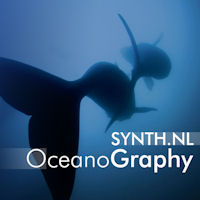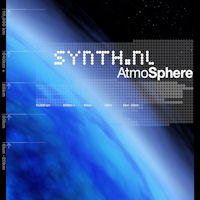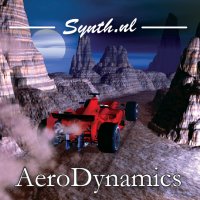In this article I want to talk a bit about the AD/DA converters in my studio. On the left you see again a stripped down version of the studio schematic. You can click it again for a bigger version. You see the analog synthesizers on the left and the analog audio signals coming from them in red going into the AD/DA converters en coming out on the right in green as ADAT. There are two types of AD/DA converters in this picture marked 'ADA8000' and 'Aurora'. I will go more in dept on this equipment further on in this article. But what do these converters do? Well quite simply they convert analog signals to digital and digital signals to analog. As I stated before they all run on 48 Khz, meaning that 48.000 times a second they measure the voltage of the analog signal and translate that into digital numbers that are transferred in 'ones' and 'zeros'. In my setup I only use AD/DA converters that convert to from and to the 8 channel ADAT protocol. But also this could have been SPDIF for example.
In AD/DA converters there is a lot of quality difference. The best converters I have are two Lynx Aurora 16's. They have 16 mono input channels and 16 mono output channels on on the analog side and I inserted two ADAT boards so that is also has 2 ADAT input channels and two ADAT outputs. I use one of them in my analog corner, because especially analog synthesizer have a very wide dynamic range. These aurora's are able to truly capture the spirit of the analog signal without losing the dynamics. They sound terrible accurate. The other one is connected to some of my favorite synthesizers in my Digital Corner. On both I also use some outputs, but I bought them especially for the inputs. One of the things to keep in mind is that these Lynx Aurora converters become very hot. They really need ventilation on the top, so you cannot put them in the middle of a rack between other equipment. In both racks I have them on top for optimal ventilation. You can find more information on these converters on the Lynx Studio website at: http://www.lynxstudio.com/product_detail.asp?i=1
I also use a some Behringer ADA8000 AD/DA converters in my studio. These are much cheaper than the Auroras, but also a bit less in quality off course, though they are really not bad at all. I know a lot of people are prejudiced about Behringer, but they actually make some quite good stuff as well, like the whole 2496 series for example. These converters have only 8 channels in stead of 16 and there is also just one ADAT input and one ADAT output on board. They do a good job in my studio. I have a couple of them in my racks. I use them for synthesizers that I use less often and also for integration of Analog Sound Effects Processors.
I placed all the AD/DA converters as close to the my synthesizers as I possibly could. I also created several islands in the studio for that in the studio with a lower 19 inch rack, with a midi interface and an AD/DA converter in it. In this way I can use the shortest possible analog copper wires for the analog signals and from there I go on with digital signals. The advantage off course is less noise and hum, but also less cable spaghetti :) From the AD/DA converters to the rest of the digital equipment the signals are transported with ADAT over optical fiber. I have patch panel connected as well to every AD/DA converter so I can easily patch equipment to them. And off course everything is neatly labeled so I always know what is what. In the picture you see the Lynx Aurora in my Digital Corner.
PlantsSystem-HirajoshiModulator
5 hours ago





























